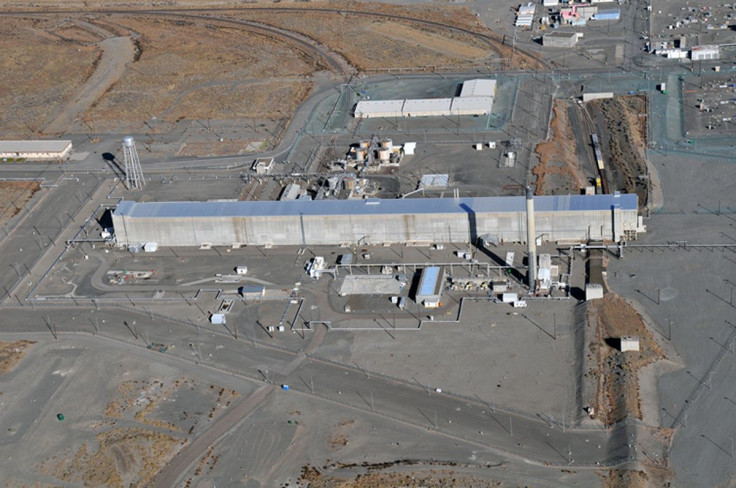Hanford Tunnel Collapse, List Of Other Nuclear Plant Accidents In US

An emergency was declared at the Hanford Nuclear Reservation in southeastern Washington state after a portion of a tunnel containing nuclear waste collapsed. The accident took place after years of alleged ignored safety concerns, whistleblower retaliation and hindrance to government investigations, reports said, Tuesday.
There are no reports of any worker being inside the tunnel at the time of collapse. However, as a precautionary measure, nearby crew were evacuated. While some workers were asked to secure ventilation and take shelter indoors, others were sent home early. The entrance to the nuclear site has been restricted.
Washington Gov. Jay Inslee said in a statement: "Federal, state and local officials are coordinating closely on the response, and the state Department of Ecology is in close communication with the U.S. Department of Energy Richland Office. My office is in close communication with these agencies and directly with Department of Energy headquarters in DC. We will continue to monitor this situation and assist the federal government in its response.”
Read: Hanford Nuclear Waste Site Has History of Safety Issues
The situation at Hanford is serious and ensuring the safety of the workers and the community is the top priority.https://t.co/xzIHuEtaHC
— Governor Jay Inslee (@GovInslee) May 9, 2017
This isn't the first nuclear incident in the U.S. While there have been several other instances of such accidents in the past, we list a few that made news.
140,000 people were forced to evacuate their homes at Three Mile Island in Pennsylvania on March 28, 1979.
The partial meltdown at Three Mile Island Unit 2 is considered the most serious nuclear accident in U.S.' history, even as it resulted in little radioactive releases. Both natural and human errors were blamed for the accident. It began with failures in the non-nuclear secondary system, followed by a human-operated relief valve in the primary system that stuck open. It resulted in huge amounts of nuclear reactor coolant to escape and the plant operators' initial inability to correctly identify the problem, added to the accident, according to World Nuclear Association website.
The accident stirred public protest and also led to the tightening of regulatory oversight by the U.S. Nuclear Regulatory Commission over the nuclear plants industry. Construction of new nuclear plants was halted in the U.S. over the next three decades, after the incident, reports said.
A reactor overheats at the #ThreeMileIsland plant in #PA #otd in 1979, leading to the worst #nuclear #accident in US #history. #70s pic.twitter.com/is9TKZAfLt
— Time Rewind (@TimeRewind) March 28, 2017
Even before the Three Mile Island nuclear tragedy, a partial meltdown at another U.S. reactor had taken place in October 1966. Fermi 1, a small nuclear reactor south of Detroit, was the nation's first and only commercially operating liquid metal fast breeder reactor. The reactor experienced loss of coolant, which was unnoticed by workers until core temperature alarms sounded. Several fuel rods melted due to blazing temperatures inside the reactor and it was then shut down for repairs, according to Union of Concerned Scientists.
In what is known as the world's first fatal atomic accident, January 3, 1961, a small 3 megawatt experimental boiling water reactor called Stationary Low-Power Plant No. 1 (SL-1) in Idaho, was destroyed after a control rod was removed manually. The Sl-1 accident, as it is called, was the first major nuclear accident in the U.S. Two army specialists and an Electricians Mate Navy were killed in the incident.
In July 1959, a partial meltdown occurred at Sodium Reactor Experiment in Los Angeles, California, due to cooling flow blockage that caused overheating of the reactor core.
The Sodium Reactor Experiment led to massive fuel damage during a power run, due to which 13 out of the 43 fuel elements faced overheating and caused the reactor core to fail.
© Copyright IBTimes 2025. All rights reserved.






















